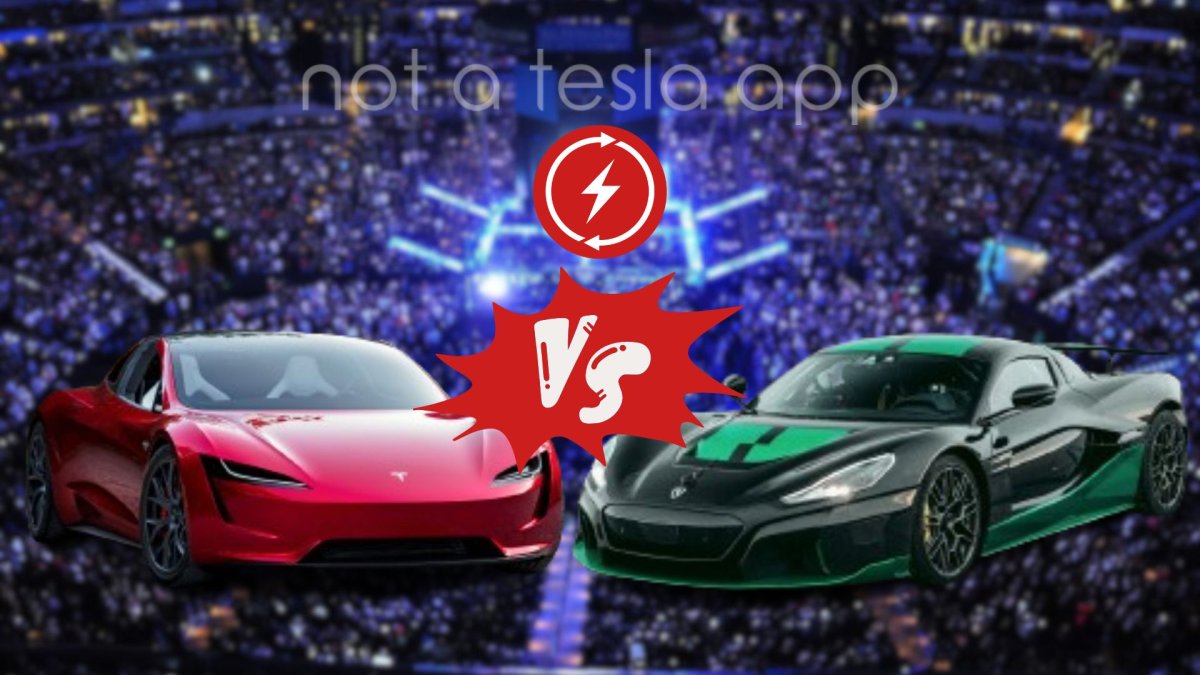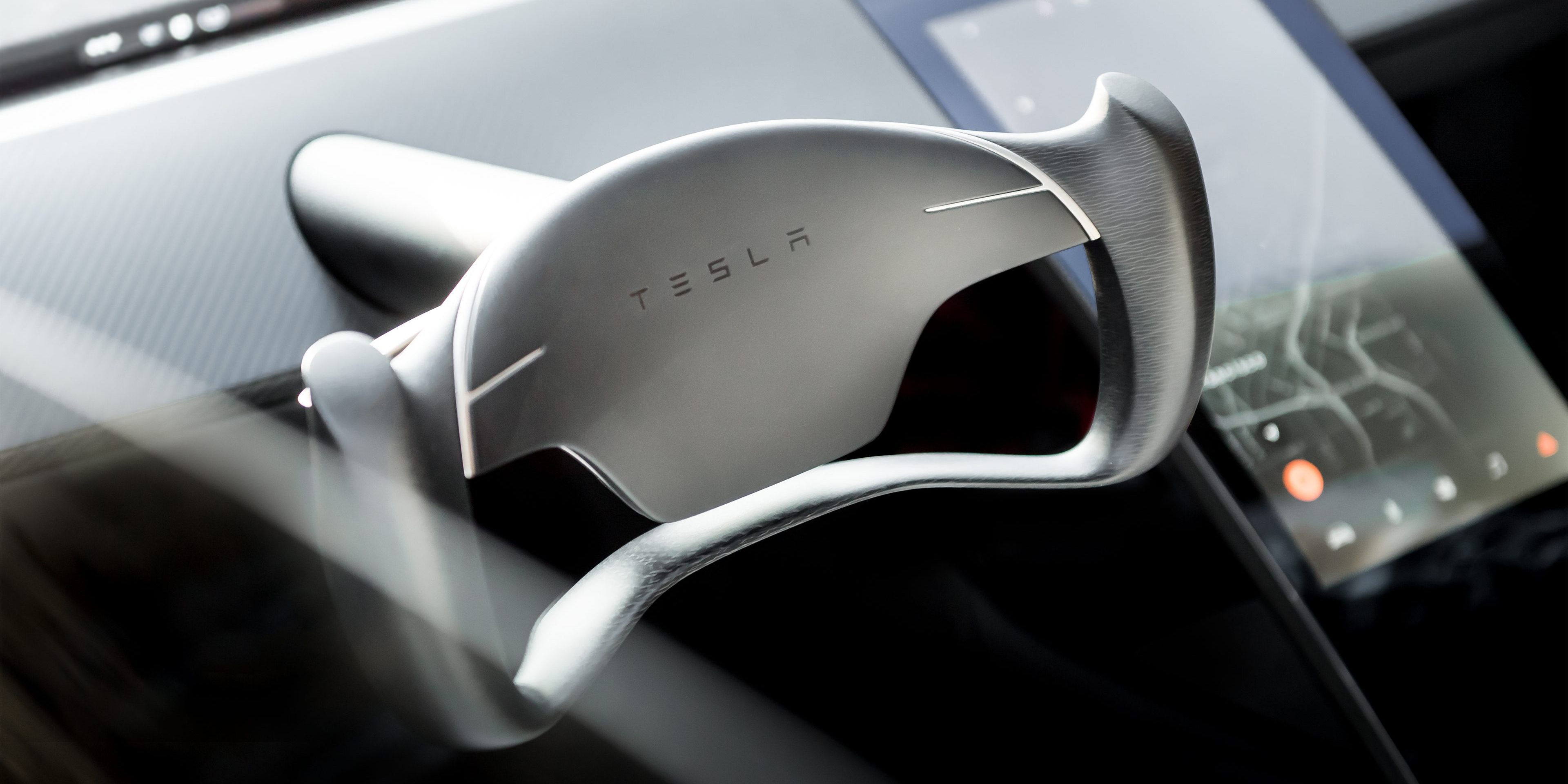Rimac Validates Tesla Roadster’s Ambitious Thruster Goals: A New Hypercar Benchmark?



 Roadster Vs Nevera Soon!
Roadster Vs Nevera Soon!
The electric hypercar realm is witnessing the beginning of an unbelievable hypercar rivalry. Up for grabs is the fastest production car in the world, which is also electric. In one corner is the reigning, defending hypercar champion, Rimac’s Nevera. In the other corner is Tesla’s forthcoming Roadster SpaceX Edition.
The Battle for Hypercar Hegemony
Elon Musk’s late-night revelations earlier this week have promised a next-generation Roadster that defies conventional automotive norms, particularly with hints at rocket thruster-enhanced performance that will launch the car from 0-60 mph in less than one second. His posts caught much attention, including those of Mate Rimac, CEO of Rimac Automobili.
..it is possible with thrusters. We did the simulation… – Mate Rimac

Rimac is a pivotal figure in the hypercar world, renowned for blending high performance with electric propulsion. When asked about Tesla’s audacious acceleration claim, he weighed in with a blend of technical insight and real-world pragmatism. His perspective is not just academic; it’s grounded in the tangible realities of engineering and physics that govern high-performance vehicles.
Fast but Heavy, Light but “Slow”

Rimac acknowledged the feasibility of Tesla’s target, citing thrusters as a viable means to surpass traditional acceleration benchmarks. However, he underscored the inherent trade-offs, noting the considerable weight of the necessary equipment—tanks, compressors, valves, and nozzles—that, while contributing to initial acceleration, become dead weight after that.
Rimac also points out another flaw: “Plus, the car has to be super light as otherwise, you can’t create a lot of excess downforce with the fans as the tires would be overloaded very fast with any kind of car with “normal supercar” weight, especially electric. And then again, you are carrying the weight with you when you are not doing 0-100. So thrusters are really the only way to go. But it brings a lot of downsides as well.”
Nevera, costing approximately $2.5 million, dominates the scene with more than 1,800 horsepower and its record-shattering performances, including an extraordinary 0-60 mph time of 1.74 seconds and a 0-400 km/h sprint in 21.31 seconds. When Nivera posted these incredible numbers, Musk was asked if the Roadster could beat the time and responded: lol.
Beyond the Numbers

Rimac’s acknowledgment of the technical hurdles associated with Tesla’s approach does not detract from the potential impact of the Roadster. Instead, it adds a layer of credibility to the discussion, grounding it in the realities of automotive engineering. It’s a reminder that the quest for unparalleled acceleration involves balancing the thrill of speed with the practicalities of vehicle design and functionality.
This dialogue between Tesla and Rimac marks a significant moment in the EV industry. Tesla’s pursuit of the ultimate performance EV with the new Roadster places it in direct conversation with Rimac. This company has consistently pushed the boundaries of what electric hypercars can achieve. The interaction underscores a broader theme in the automotive world: the relentless pursuit of innovation, where companies like Tesla and Rimac are not just competing but also learning from each other.
With both companies poised to innovate further and redefine what’s possible, the rivalry between Tesla’s Roadster and Rimac’s Nevera is more than a contest of speed—it’s a testament to the relentless pursuit of innovation that drives the electric vehicle industry forward. The Roadster is to start deliveries in 2025. Odds are the first place it will be is on the track beside a Nevera!
Subscribe
